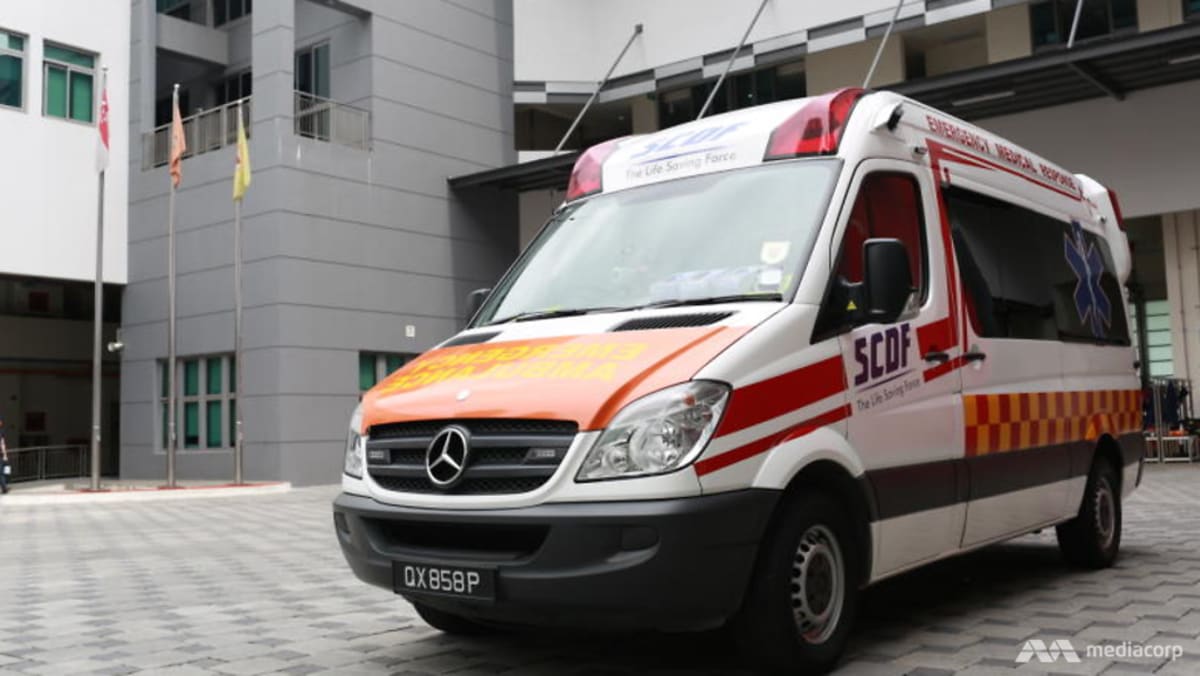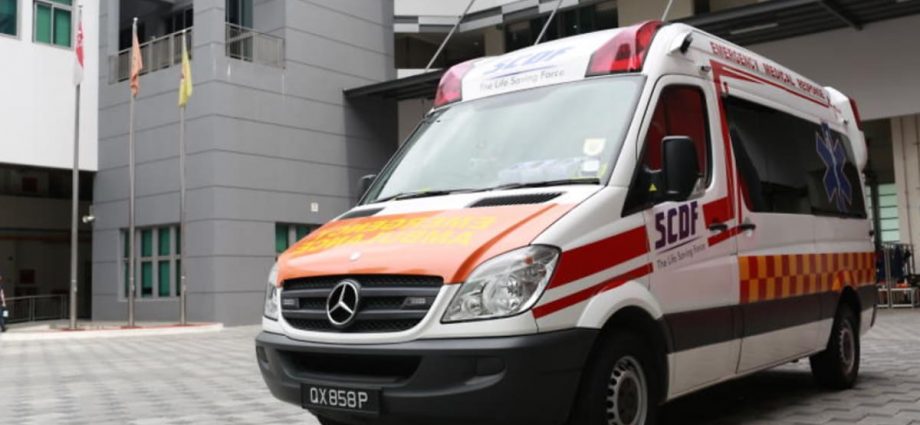
Last year, SCDF said that 995 calls rose from an average of 635 calls a day in January to an average of 830 calls a day in the first two weeks of February, as Singapore made a transition to living with COVID-19.
“To ensure that SCDF’s EMS (Emergency Medical Services) can continue providing swift conveyance to hospitals for those with life-threatening and emergency conditions, SCDF urges individuals who are not experiencing life-threatening emergencies to refrain from calling 995,” said the force.
“COVID-19 patients and suspected cases with no or mild acute respiratory infection symptoms do not need SCDF EMS.”
The number of false alarm calls went up 8.8 per cent – from 5,598 cases in 2021 to 6,089 cases in 2022 – although the number was still lower than pre-pandemic levels of 7,092 in 2019.
False alarm calls include incidents where calls are cancelled or where no patients are found at the incident scenes when the ambulance crew arrives.
From Mar 13 this year, SCDF will implement a non-dispatch policy “for a selected range of low acuity medical cases, such as minor allergic reactions”, said SCDF Chief Medical Officer Colin Tan.
In the event of low acuity cases, he said callers will be advised to visit a primary care facility or call 1777 for non-emergency ambulance services.
“As a safeguard, we will be doing call-backs for these low acuity cases to check on their well-being and dispatch an ambulance if necessary,” he added.
FEWER FIRES REPORTED
There was a 2.4 per cent drop in the number of fires that SCDF responded to in 2022 compared to 2021 – from 1,844 cases to 1,799.
Of these, 935 fire incidents took place in private and public residential buildings, with most of the fires coming from unattended cooking, followed by electric fires.
SCDF also reported a “substantial decrease” in fires involving discarded items, from 145 cases in 2021 to 99 cases in 2022. These fires typically occur in common areas such as lift lobbies, staircase landings and common corridors.
However, there was an increase in non-residential building fires of 4.6 per cent, from 415 cases in 2021 to 434 cases in 2022.
“The increase of fires in commercial, industrial, as well as social and communal premises could be attributed to resumption of business activities following the easing of COVID-19 restrictions,” said SCDF.
“Despite this, the number of fires in non-residential premises is generally lower than pre-COVID-19 figures.”
Six people died in fires last year, of which three were from a fire in a Housing Board flat in Bedok in May 2022.
FIRES IN NON-BUILDING PREMISES
There was also an increase of 2.6 per cent regarding fire cases in non-building premises. But SCDF observed a big drop in the number of vegetation fires of 40.8 per cent, from 179 cases in 2021 to 106 cases last year.
Vehicle fires also increased by 31.6 per cent in 2022, following the easing of COVID-19 restrictions.
Last year, there was an overall decrease in the number of fires involving active mobility devices, said SCDF.
The number of such fires fell by 33.3 per cent, from 63 cases in 2021 to 42 cases in 2022.
SCDF reminded members of the public to stay vigilant when handling their devices as such fires “can develop rapidly, and cause serious injuries and property damage”.
“Owners of these devices should dispose of their unwanted devices safely, such as through authorised e-waste recyclers or during the periodic e-waste collection drives by town councils,” said SCDF.

